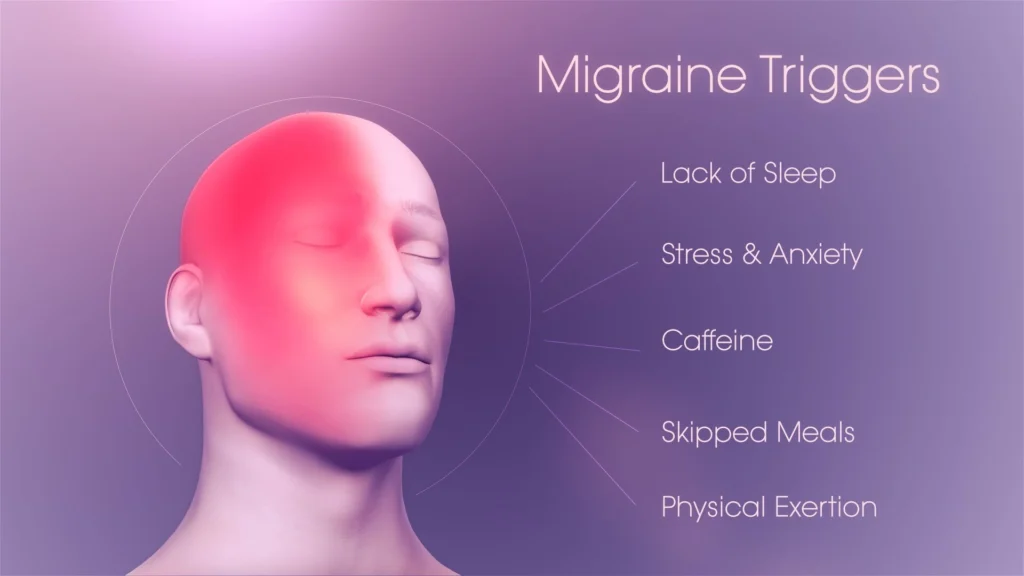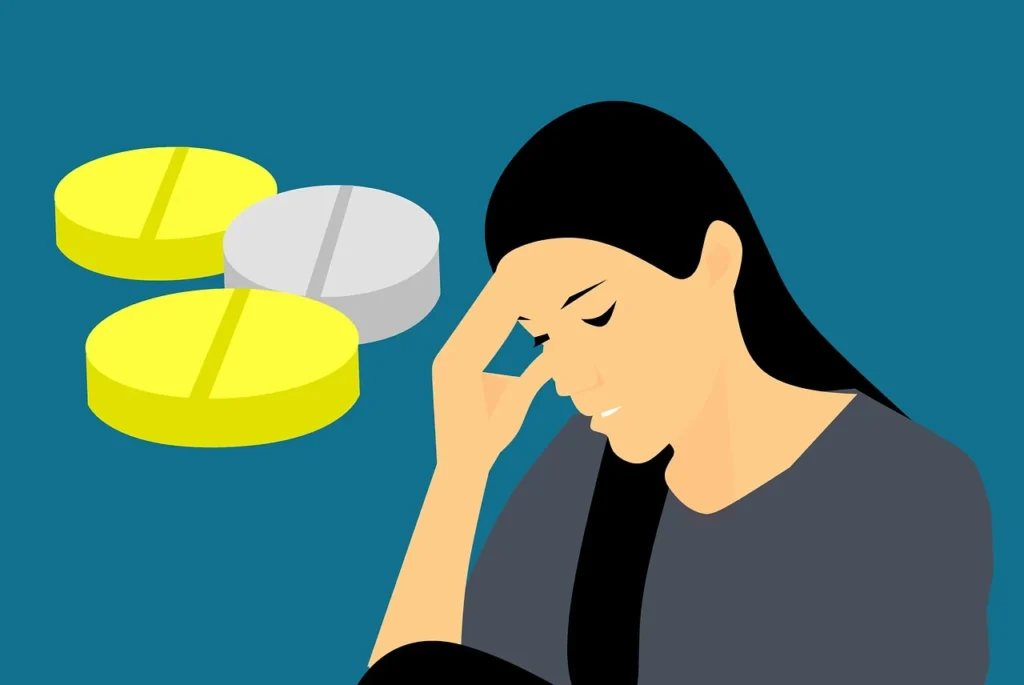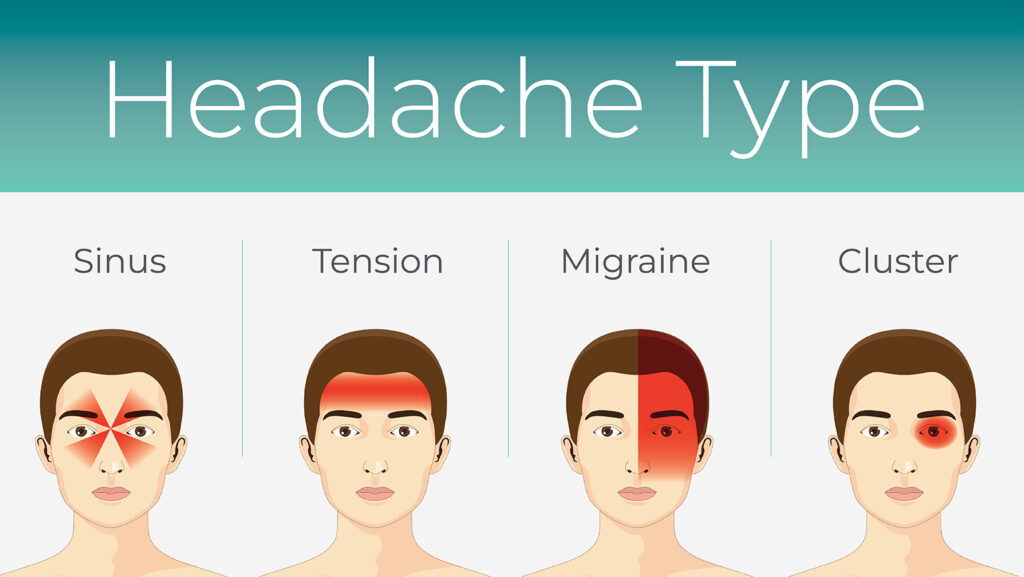- Web Desk
- Today

Migraine awareness in the age of screens: time to rethink
-
- Web Desk
- Jul 17, 2025

By Nayhan Mirza
In today’s fast-paced, digitally connected world, migraines have quietly emerged as a significant public health concern, affecting over 1.1 billion people globally. Recognised by the World Health Organization as one of the top 10 most disabling medical conditions, migraines often remain misunderstood, leading to under diagnosis and inadequate care. The urgency for awareness has never been greater.
Migraines are complex neurological events, often triggered by sensory overload, hormonal fluctuations, or environmental stressors. Symptoms typically include pulsating pain, nausea, vomiting, and hypersensitivity to light, sound, or smells. Many individuals also experience warning signs known as auras or visual disturbances like flashing lights or blind spots before the onset of pain. These episodes can last anywhere from a few hours to several days, significantly impairing a person’s ability to function.

It is vital to recognise migraines not as isolated incidents but as a multifaceted health challenge shaped by lifestyle, environment, and biology. Greater awareness around symptom recognition, trigger management, and timely medical care can improve quality of life and reduce the broader social and economic burden of this often-invisible condition.
From sunscreen to essential oils, why some personal care products could be harmful to your health
While the ‘why’ of migraines remains complex, one critical fact stands out that women are nearly three times more likely to suffer from migraines than men. This gender disparity is primarily due to hormonal fluctuations, especially estrogen’s influence on neurotransmitters like serotonin that regulate pain. Migraines linked to menstruation, pregnancy, and menopause often require personalised treatment approaches combining lifestyle changes and medical intervention.
Beyond physiology, workplace and lifestyle stressors are increasingly contributing to the prevalence of migraines. The modern office, once considered distinct from health discussions, has become central to migraine-related concerns. Long hours on digital devices, poor lighting, inadequate hydration, and constant stress are all common triggers.

The economic impact is substantial. Migraines are among the leading causes of lost productivity, absenteeism, and reduced work performance. In the UK alone, they account for an estimated 43 million lost workdays annually. Implementing migraine-friendly workplace policies such as flexible schedules, ergonomic environments, and wellness initiatives can yield both human and financial dividends.
How safe are the chemicals in sunscreen?
Younger generations, especially Gen Z, are also facing a rising incidence of migraines. University students and early-career professionals often report high levels of stress, poor sleep routines, and excessive screen time. All factors that significantly increase the risk. In Pakistan, several studies have shown a high prevalence of migraines among students, underlining the need for youth-centered, digital-first awareness efforts. Migraines also affect children and adolescents, frequently with less typical symptoms, and are often linked to genetic predisposition.
Sneak-peek into the new Harry Potter HBO series
Contrary to popular belief, migraines are not simply “bad headaches” treatable with over-the-counter painkillers. They require proper diagnosis, an understanding of individual triggers, and often lifestyle and environmental adjustments tailored to each patient’s needs.
A core problem remains the lack of public dialogue around migraines. Most people are not seeking academic literature. They want simple, relatable, and practical knowledge. This includes busting myths, understanding basic symptoms, identifying lifestyle triggers, and knowing when to seek help.

An initiative in this space is Let’s Talk Migraine, a campaign by Martin Dow. Its social media content can be effective in breaking long-held misconceptions about migraines.
But the question remains; are we truly committed to building meaningful health conversations online, or is awareness still treated as a checkbox activity; secondary, sporadic, and often met with digital apathy?
As socially conscious citizens, community leaders, and digital creators, we cannot afford to remain passive observers. Migraines and many other health issues need sustained attention and collective action. Digital platforms, educational institutions, and workplaces must become active participants in making health information accessible, stigma-free, and human-centered. Because when it comes to invisible pain, silence is not neutrality; it is complicity.






